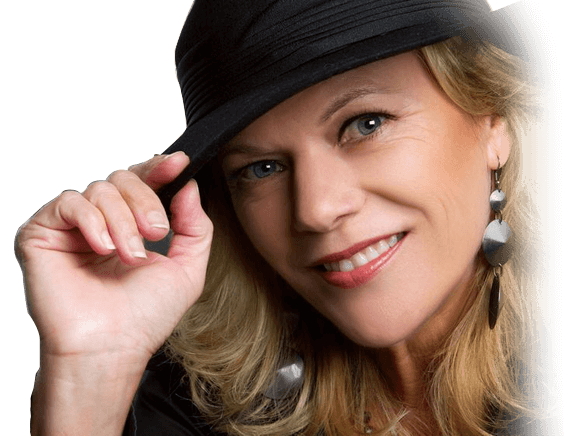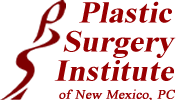
An Albuquerque Facelift can dramatically enhance the overall appearance of the face, giving it a youthful look by removing excess skin and fat. It is very effective in eliminating the jowls and some wrinkles of the mid- and lower-face. Blepharoplasty and forehead brow lift can also be incorporated into this procedure to achieve complete face rejuvenation.
Eliminate Deep Creases
For the deep creases of the cheek and jowling, this is the procedure to tighten face and neck areas. It, however, does not change the forehead or crow’s feet areas of the face. It generally will not improve the lip wrinkles either. I usually prefer conscious sedation as the anesthesia of choice for my facial procedures. During surgery, the patient is given sedation and pain medication to reach a “dream state.” Additional local anesthesia is then administered to the surgical sites. As the procedure goes on, the patient will gradually wake up more but will not experience pain. The incisions generally follow the crease between the ear and the face in the front and trace along the crease behind the ear. Typically the incisions heal very well and the scars are quite acceptable.
Removing Excess Fat if Necessary
I typically will do some liposuction next for patients with excess fat at their neck area. This, together with tightening of the skin, will improve the neck contour significantly. Some patients may need a small incision under the chin area to remove more fatty tissue. The skin will then be lifted from the underlying fatty tissue of the cheek, neck and behind the ear. Generally very little bleeding occurs. Frequently a second layer of fibrous tissue (SMAS layer) is lifted. This layer of tissue is in continuity with the platysma muscle layer at the neck. Elevating and applying tension to this layer allow us to tighten the face without giving the face a “wind-blown” look.
Removing Excess Skin
Excess skin is then removed and multiple layers of small stitches are placed. This is followed by a mildly compressive dressing around the face. I generally use two drains behind the ears, which I remove the second day. Patients are seen the next day and the dressings are removed at that time. The sutures are absorbable and will will not need removal.
Recovery
There is usually no significant pain after surgery but some ache and sensation of tightness are common. Antibiotic and pain medication are prescribed before surgery and taken during the first few days after surgery.
There will likely be mild bruising for a week for most people, primarily at the lower cheek and neck areas. I recommend a warm compress starting the second day to facilitate resolution of bruising. Do not do vigorous exercise, lift, or strain in the first week to avoid bleeding from the surgical sites. Make sure adequate fluid is consumed and stool softener is recommended to avoid constipation, which can occur with use of pain medication.
Some people do not need full facelift, however. In particular, people who have no significant fatty excess but moderate skin laxity.
More information comparing full facelift and mini facelift can be found here. See also the examples #8 and #9 in our facelift photo gallery.
Related Articles
- How a Face Is Done in which I discuss the method I perform a facelift. There are many ways to do a facelift, depending in part on the surgeon’s training and experience.
- When to Consider a Facelift discusses the areas that can be improved.
- See also Type of Facelift.
- Facelift FAQ






Request a Consultation

